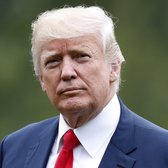Use U.S. steel for infrastructure projects
Donald Trump
"A Trump Administration will also ensure that we start using American steel for American infrastructure."
Trump-O-Meter

Promise Kept